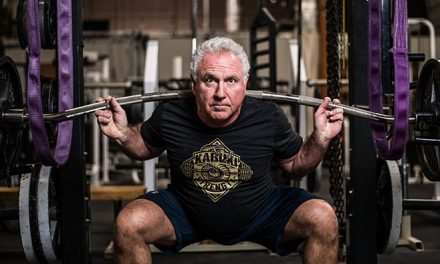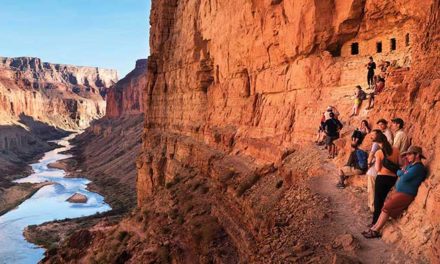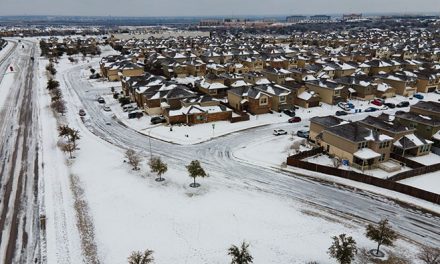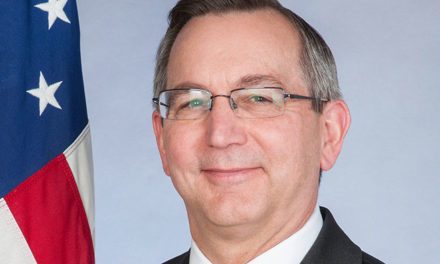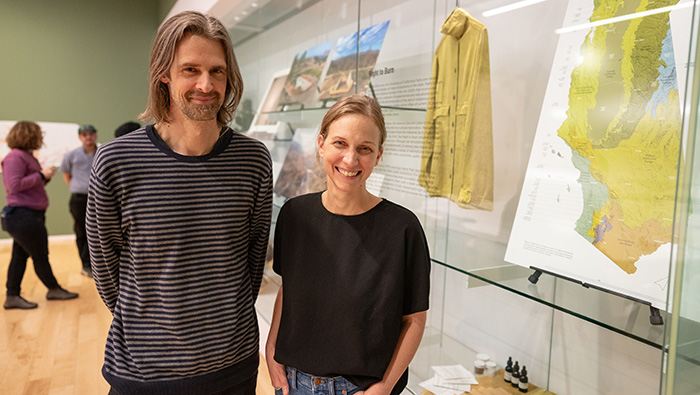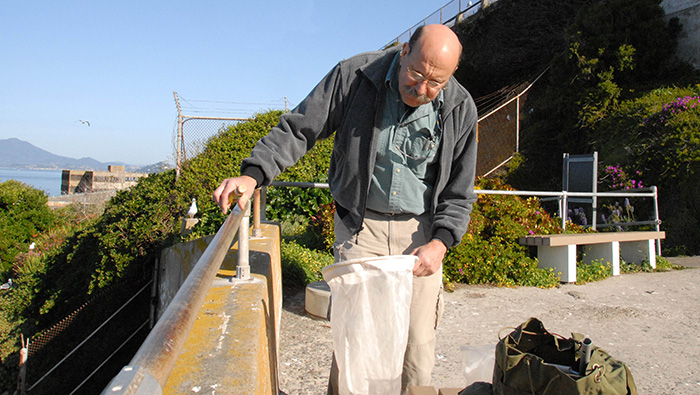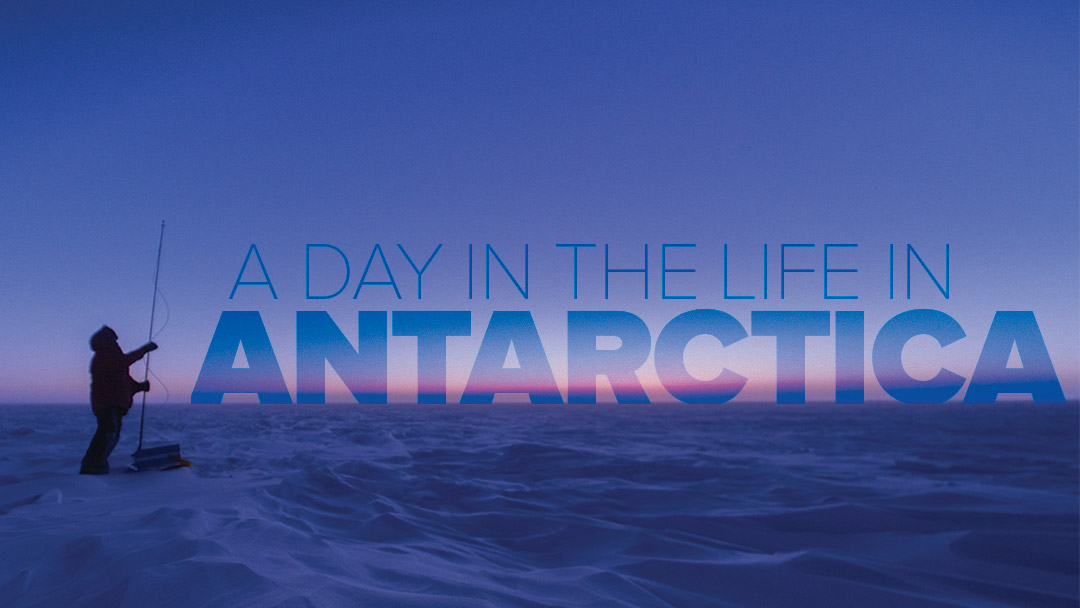
Photos courtesy of Hamish Wright
Since 2014, Lt. Refael Klein ’10 has been assigned to the National Oceanic and Atmospheric Administration’s Global Monitoring Division, where he has worked as a station chief to the baseline climate observatories in American Samoa and the South Pole. GMD operates six remote observatories around the world that stretch from the top of the planet to the bottom and specialize in long-term study of the factors that affect climate change. Klein left Pago Pago, American Samoa, for a yearlong assignment in Antarctica last October. “Giving up empty beaches and perfect surf breaks for an arid, flat, frozen landscape wasn’t easy, but this is what it takes to work in the forefront of climate science,” he said. Here, we follow Klein through a typical August day at the Pole.
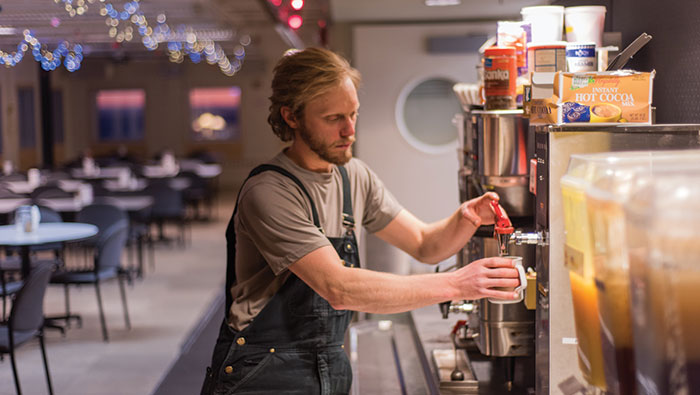
0645 hours
Klein awakens in his small, 8-by-7 bedroom, and makes his way to the galley for a breakfast of soggy oatmeal, burnt coffee and 10-year-old canned fruit. “It’s been five months since I have enjoyed anything resembling fresh,” he said with a mixture of pride and sorrow. “First thing I’ll do when I get off the Ice is to find a grocery store and buy a bucket of raspberries, a grapefruit and bag of Bing cherries.”
0745 hours
Properly caffeinated, Klein heads back to his room to begin getting dressed for his quarter-mile walk to the Atmospheric Research Observatory. The United States Antarctic Program outfits every Winter Over at the South Pole with extreme cold weather gear — an assortment of ultra-warm clothing meant to keep “Polies” alive in their subzero environment.
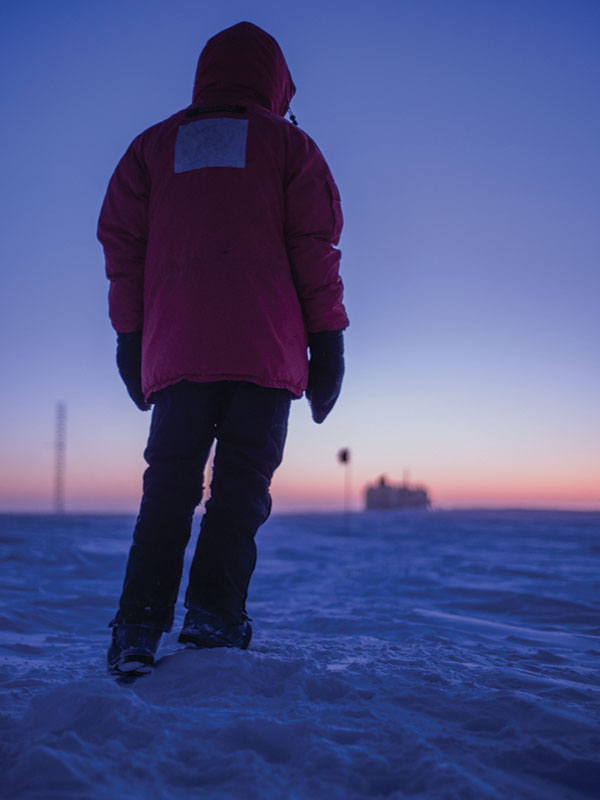
0800 hours
Dressed in more than 15 pounds of clothing, Klein leaves the station and follows a bamboo flag line to his “office.” After six months of darkness, the sun has just begun to rise, and the horizon is awash in deep hues of red, orange and yellow. Despite the relative brightness outside, it is a cold day with temperatures hovering in the -90s and a wind chill below -140 °F. “The walk takes less than 10 minutes, but when the wind is blowing hard, like it is today, it feels like it takes twice as long,” Klein said.
0810 hours
Inside the observatory, the temperature is a balmy 60 °F. Klein removes his extra clothing and heads to a computer to check emails and warm up. “We work with close to a dozen different research groups — foreign labs, university groups and other government agencies. We have limited connectivity at the Pole, perhaps four hours of decent internet each day. You have to take advantage of it when it’s up. It’s the only way we can communicate with our stakeholders — not to mention family and friends.”
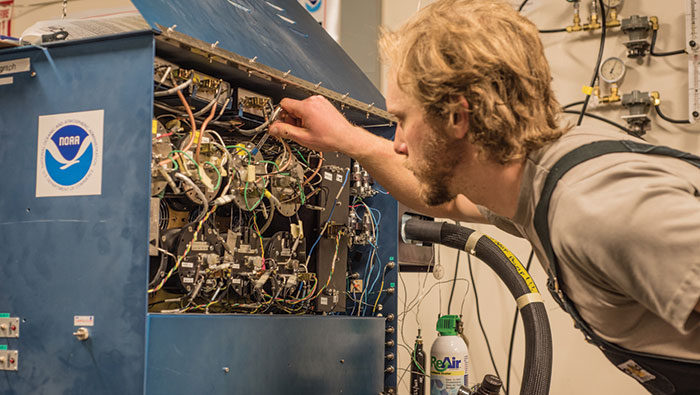
0930 hours
The two floors and rooftop of ARO are jam-packed with instrumentation used for studying the Earth’s climate. It takes Klein most of the morning to check each instrument for proper function, fix the occasional glitch and perform preventive maintenance tasks.
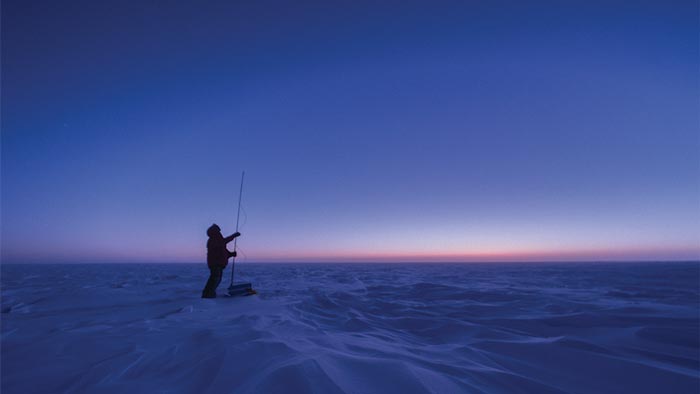
1300 hours
“Most of the instruments we run operate continuously — in most cases providing us with by-the-minute measurements of different climate forcing agents,” he said. “To ensure the data we are collecting is truly representative of the environment, I also spend a portion of the day collecting physical air samples in glass flasks. In the summer, when it becomes warm enough for planes to land, the in vitro samples will be sent out to labs around the world for analysis.”

1600 hours
After an abbreviated afternoon round, Klein leaves the ARO and makes his way to a rickety, orange and brown plywood outbuilding near the main station. “If it weren’t for the South Pole climbing gym, I’d have gone insane a long time ago. It’s a small facility, but big enough to keep me entertained and help me stay in shape.”
2000 hours
The few stars and planets that are still visible continue to spin around the Pole. The sun has risen another fraction of a degree, and the night recedes slowly into the few shadows that still linger on the ice cap. “With a good book or some degenerate gonzo journalism in my hands, I’ll make an evening pit stop in the station’s sauna. People don’t realize it, but not only is the South Pole the coldest place on the planet, it’s also the driest. The humidity stays at 0 percent year-round. A 190 °F, humid sauna is about the best place to escape to when you are stuck at the bottom of the Earth for 13 months.”
2200 hours
A quick rinse in the shower, a few more pages in a book and a dose of melatonin sends Klein deep into a surreal dreamscape. Outside the winds howl across the Antarctic plateau, blowing snow into clouds as impenetrable as television static.

